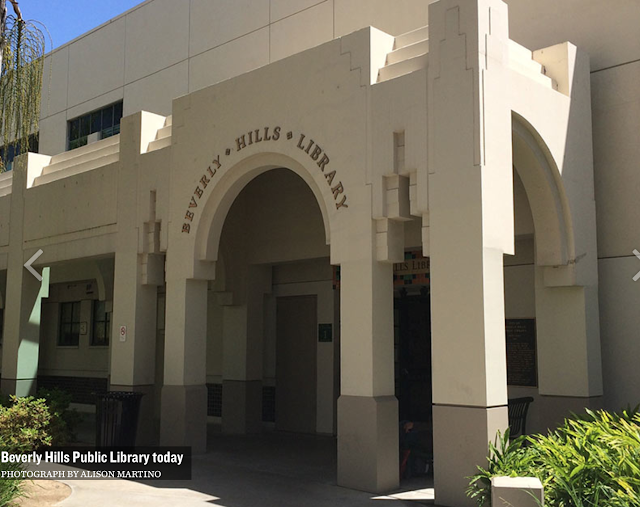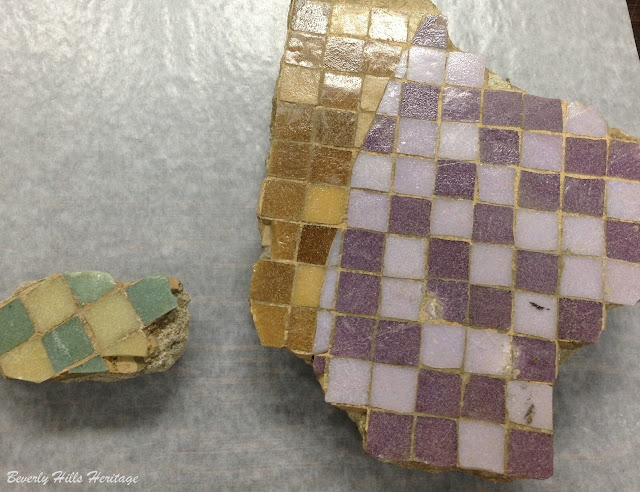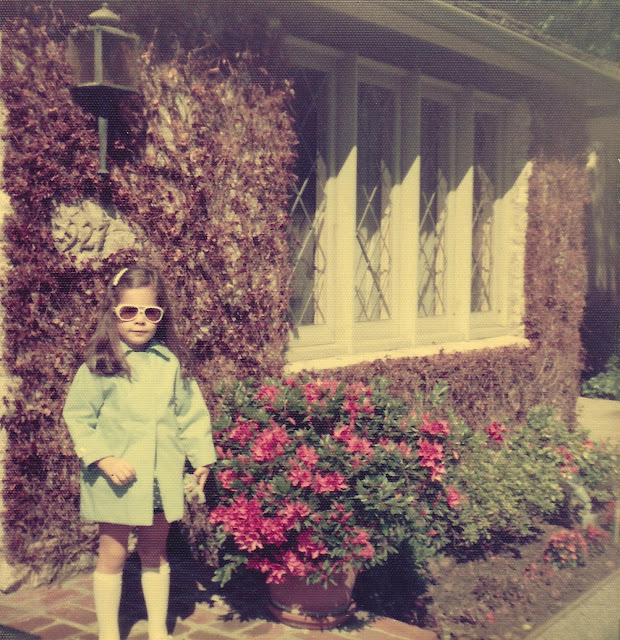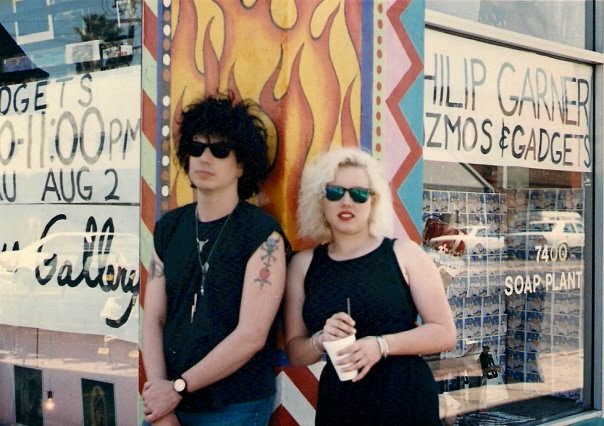Remembering the Beverly Hills’ Public Library
If I could go back in time and return a single L.A. building to its former state, I would pick the old Beverly Hills Public Library. I sat happily with other children on the floor of its screening room, listening to the impeccably tailored Suzanne Pleshette read "Hansel and Gretel" in the late 1970s. A unique light reflected off the library’s colorful glass façade and through its windows, bathing the interior in a magical radiance. My love of reading still reminds me of that glow.
The Beverly Hills Public Library opened on October 10, 1964 for 1.5 million It’s designer, Martin Stern, was making his mark as a major Las Vegas architect at the time and working with developer Del Webb, who built the Flamingo Hotel for Bugsy Siegel and Billy Wilkerson. Stern had work lined up in L.A., too—the same year he worked on the library he designed space age coffee shops for the chain Ships, which helped define L.A.’s drive-in culture, and he was busy creating the midcentury homes that gave neighborhoods like Trousdale and Encino their unique looks. According to Vintage Los Angeles member Phil Savenick, the library was commissioned at least in part thanks to filmmaker David O. Selznick’s assistant, Marcella Rabwin. She thought children deserved a better place to read and discover books than the temporary quarters that had been set up in a wing of Beverly Hills’ City Hall.
Black & White photos taken by Julius Shulman
I think the library was Stern’s best work. It was on Rexford Drive, the street where I grew up, and a child’s dream during the ’60s and ’70s. The library had a state-of-the-art screening room with a step down reading area. Every month a guest speaker from a popular TV show or motion picture came to read to toddlers. It was an “only in Hollywood” kind of affair—and in this case, only in Beverly Hills. The library also had a vast collection of music titles on LP. When I first learned to drive and parking meters cost only a few nickels, I checked out the latest records on Saturday mornings.
I also remember watching movies and concerts in the teared auditorium, known as the "little theatre", such as cartoons, films for kids, documentaries and modern motion pictures. They also held concerts of the season and occasional plays.
The old library was beautifully landscaped with a moat and fountains and fine interior decor
If anyone were ever to create a West Coast version of Mad Men, the library would have been a perfect stand-in for a 1960s office building. In fact its exterior appears as Mike Brady’s architecture firm in stock shots from The Brady Bunch.
Screen grab from The Brady Bunch
The Mosaic Tiles on all sides of the building (reminiscent of those in the tunnels of LAX airport) represented a spine of books made out of colorful glass. And the fountains surrounding the structure like a moat was extremely charming. Los Angeles was sprawling with water designs, ponds, brutalist sculptures and tiled art in the 1960s. I remember seeing something modernist and groovy on almost every corner until the late '80's.
During the 1960s and 1970s, the library sponsored exhibits, lectures, story hours, audio-visual events and other programs. Paul Schwab, of Schwab's Pharmacy was in charge of the arts program and abstract modern art was donated by private collectors.
I have such fond memories of this library that was located on Rexford Dr. It was a child's dream during the 60s and 70s. It had a state of the art screening with a step down living room. They also had a vast collection of music titles where I used to check out the latest records. I went every other Saturday as a kid and the parking meter cost my mom a nickel.
Los Angeles Times, 1969
Rumor has it some of the original structure remains beneath the new building’s facade. So if you see someone in the middle of the night with a ladder and a hammer that might be me pealing back some of the fake facade... SHHHHHHH....
What's left of the mosaic tiles... (weep)
I often wonder about L.A.’s attitude toward history. Despite so many of our buildings being immortalized on screen, retro architecture is getting harder and harder to find in real life. Los Angeles isn’t alone in that regard. The Riviera in Las Vegas, one of the last Martin Stern-designed hotels from the Rat Pack era, will be coming down in 2015. As Frank Sinatra would say, “That’s life.”
Parts article was also published here in Los Angeles Magazine.
Photos courtesy of Vintage Los Angeles Archives, Beverly Hills Heritage, the L.A. Times, & various directory magazines and newspaper clippings.
Alison Martino is a writer, television producer and personality, and L.A. pop culture historian. She founded the Facebook page Vintage Los Angeles in 2010. In addition to CityThink and VLA, Martino muses on L.A’s. past and present on Twitter and Instagram





















I agree - Los Angeles seems to have an aversion to holding on to the past when it comes to architecture.
ReplyDeletethose tile mosaics were so gorgeous,
ReplyDelete